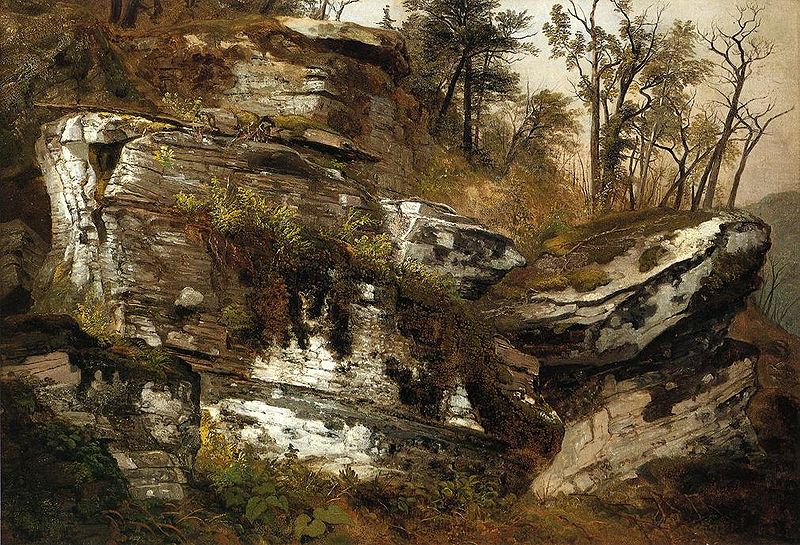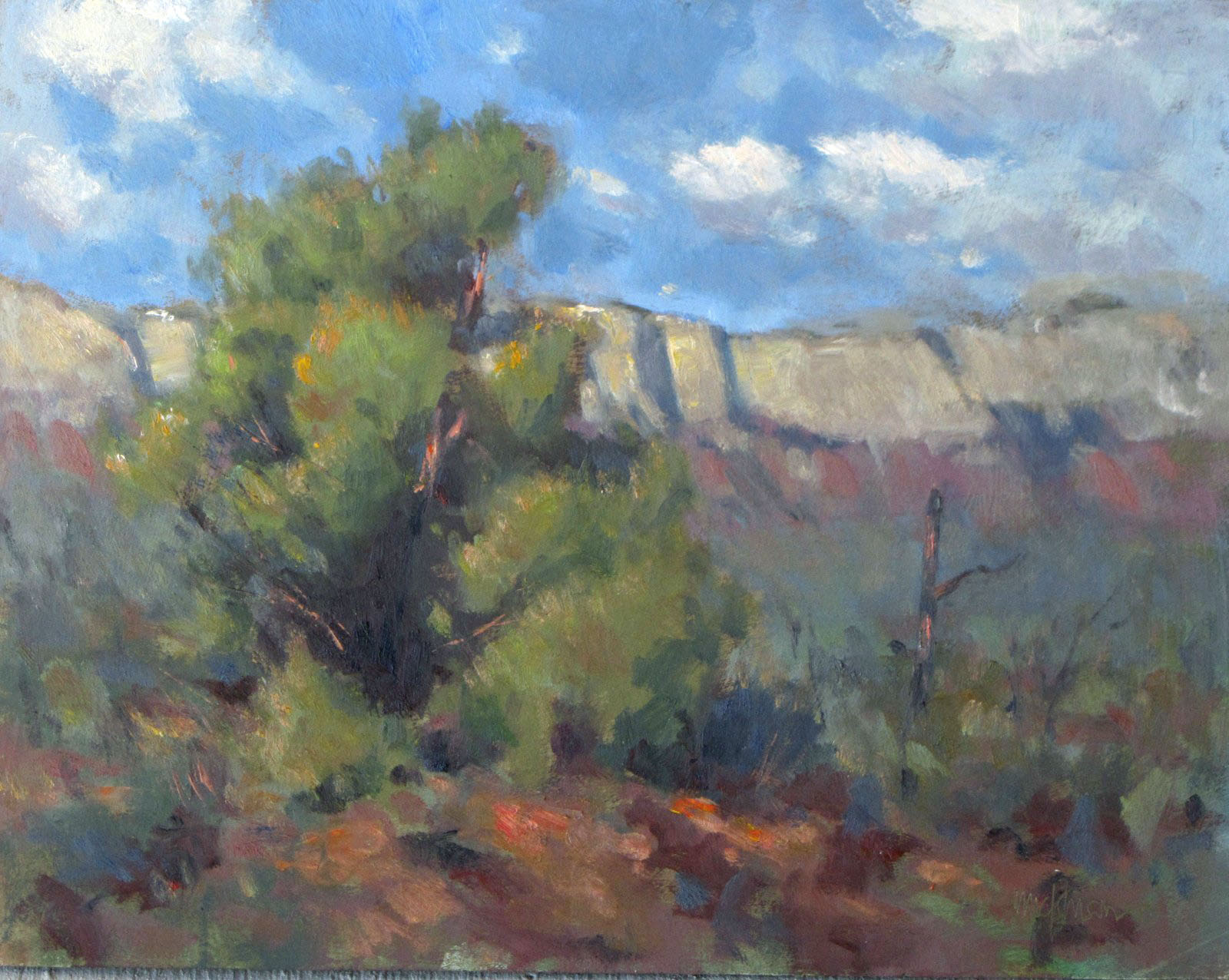 |
| The "Cardboard Bernini" - Before |
 |
| ...and Going, Going, Going... |
 |
| ...Gone! |
Most of us, when we embark on our art careers, hope that we will be making art for the ages. We'd love it if our art would survive us to either enlighten, entertain or inspire future generations. (Maybe there's a selfish desire for fame in there, too.) My personal hero when I first dabbled in oil as a youngster was Monet. Although he'd long been dead, the beauty of his paintings stirred something inside me—enough so that I, too, ached to pick up a paint brush.
But how long will my art last? I use only archival materials that are acid-free. I think Monet did, as well. Still, our materials are wood, linen and linseed oil. These are all organic things and will decay, however powerful the magic of art conservators. Will our paintings be around in another 100 years? 1000 years? 10,000 years? And what's more, will there be anyone around who cares?
Last night, I watched "The Cardboard Bernini," a short film about an art project created by James Grashow. Grashow is interested in the process of making art. In the film, he observes that the beginning of a work of art is often well-documented; its deterioration, however, is not. He believes that the entire life cycle of art is important, and that the demise of a work of art is also worthy of study. In this film, he decides to re-create Bernini's famous sculpture from 1622, "Poseidon", but not in marble. He chooses instead highly-perishable cardboard. The massive sculpture is three years in the making. Four weeks after going on exhibit outdoors, it literally melts away in the rain. The destruction, planned by the artist, is meant to raise existential questions about art and artists.
He's not the first artist to intentionally construct perishable works of art. You may know of Andrew Goldsworthy, who assembles objects found in nature into exceedingly complex constructs, and then lets the forces of nature return them to their earlier, unassembled state. Amy Adler painted a series of portraits in pastel, which she photographed. Then she destroyed the original paintings and exhibited photographs of the portraits. Both Goldsworthy and Adler are worth investigating to see what their purpose was in creating and then destroying, or allowing to be destroyed, their work.
These three artists don't seem to be concerned about "art for the ages." Should I be, then? Other than doing my best to choose archival materials, and in hoping that conservators will discover new techniques to make my paintings last, there's nothing more I can do. I think of the Taliban, and their destruction of statues of the Buddha; of the Islamic State, and their destruction of archaeological sites; and of course, who can forget Shelley's famous poem, "Ozymandias"?
I met a traveller from an antique land,So, what's it all about, Ozzy? For me, making art is a vital, natural function no less than breathing and eating. It's the making of art that's important to me; the paintings just document the process. Others may see value in the paintings, but for me, the value is in the experience, and not necessarily in the paintings—although I certainly like to have them hanging on my wall and love it when people buy them!
Who said—“Two vast and trunkless legs of stone
Stand in the desert. . . . Near them, on the sand,
Half sunk a shattered visage lies, whose frown,
And wrinkled lip, and sneer of cold command,
Tell that its sculptor well those passions read
Which yet survive, stamped on these lifeless things,
The hand that mocked them, and the heart that fed;
And on the pedestal, these words appear:
My name is Ozymandias, King of Kings;
Look on my Works, ye Mighty, and despair!
Nothing beside remains. Round the decay
Of that colossal Wreck, boundless and bare
The lone and level sands stretch far away."
























































